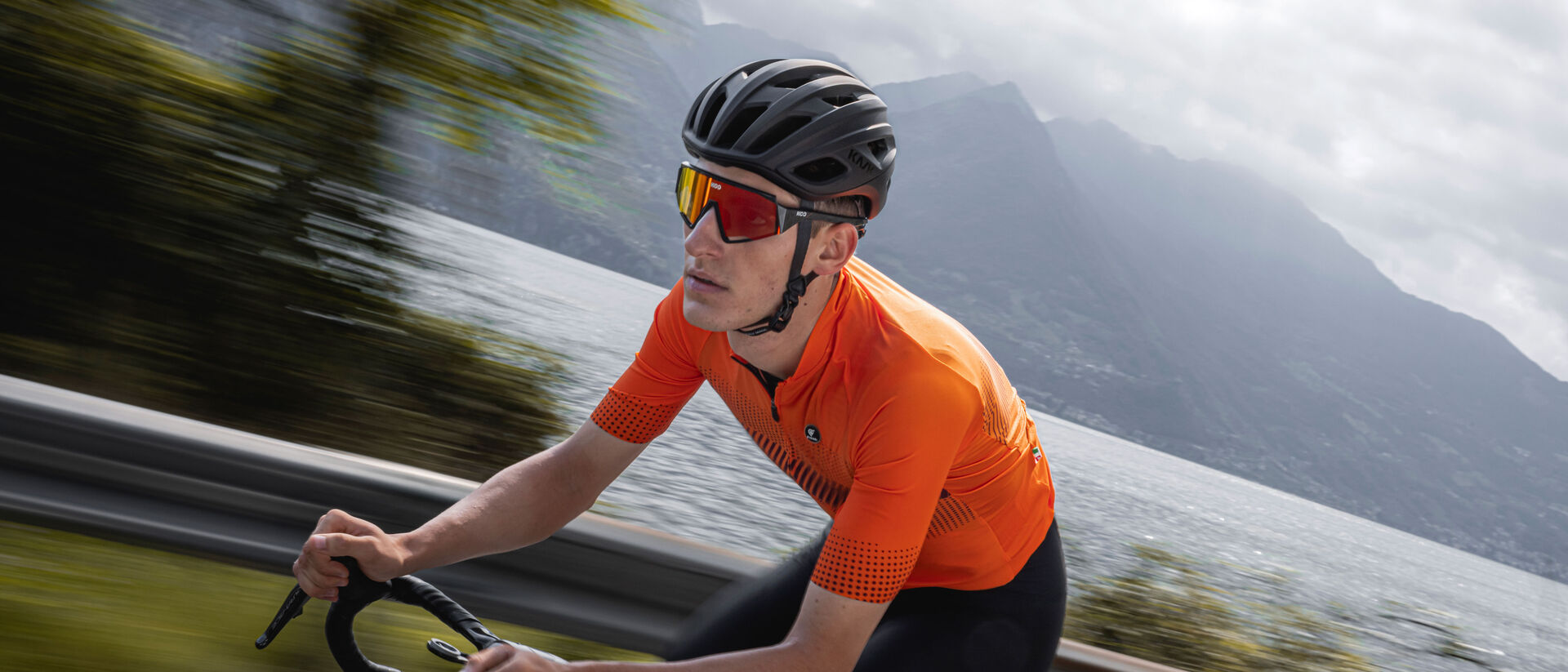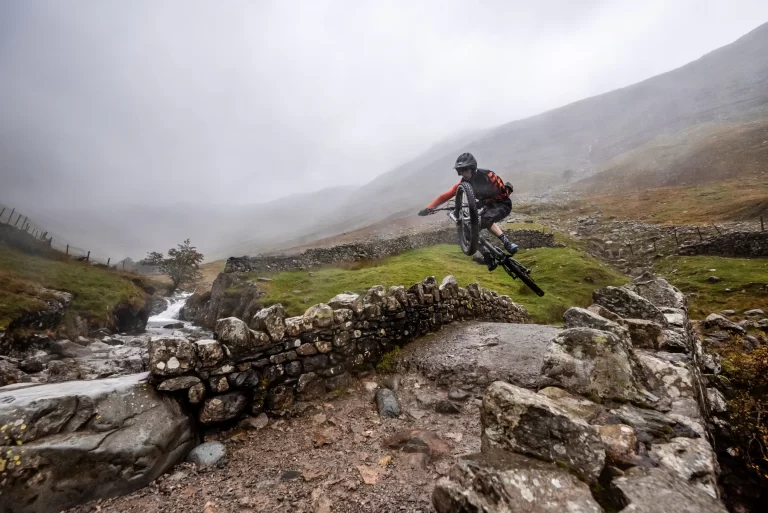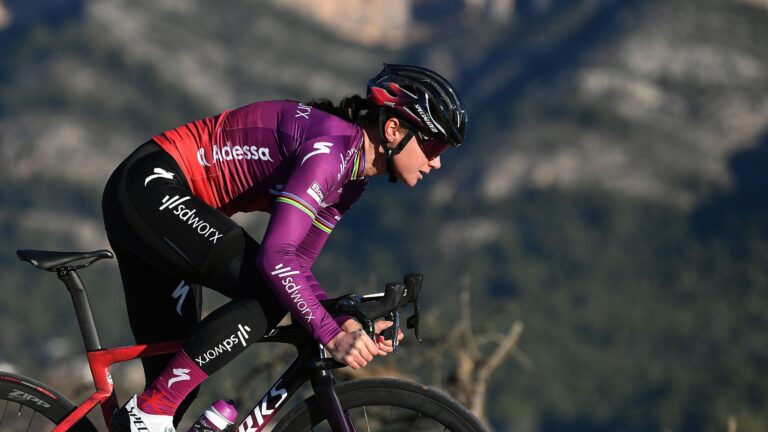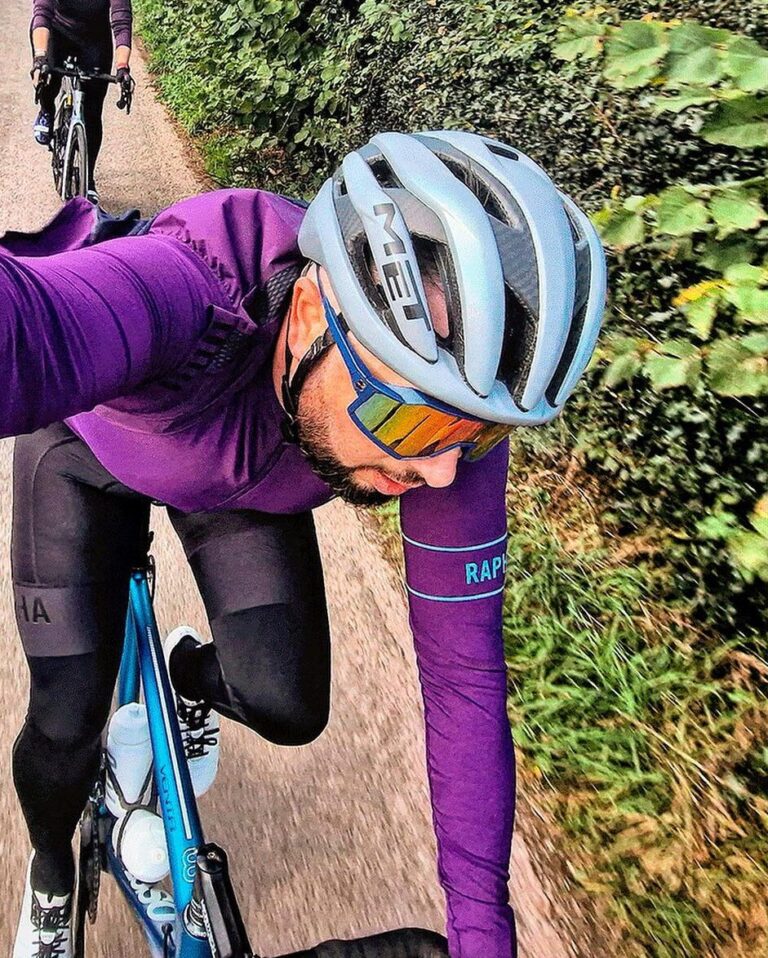Helmet Safety Features for Gravel Biking: Ensuring Optimal Protection and Comfort for All Cyclists on Varied Terrain – A Detailed Guide
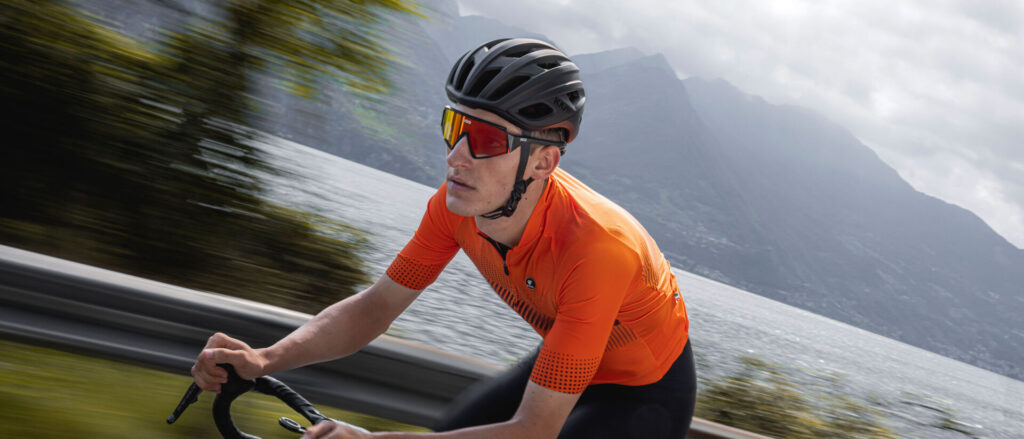
Key Point Summary of Helmet Safety Features for Gravel Biking:
- Understanding Helmet Safety Features: Key aspects of helmet safety for gravel biking.
- Importance of Gravel Biking Protection: Why specialized protection is crucial in gravel biking.
- Choosing the Right Cycling Gear: Tips for selecting the best helmet for your needs.
Drawing on my extensive background in various cycling disciplines, including mountain biking, gravel biking, and cyclocross, I’ve garnered considerable knowledge about helmet safety. This article, aimed at assisting cyclists from novices to those at an intermediate level, will delve into the essentials of protection for gravel biking and guide you in selecting appropriate cycling equipment, particularly emphasizing helmet choices.
Understanding Helmet Safety Features
When it comes to gravel biking, the helmet is your most crucial piece of safety equipment. Over the years, I’ve had a few close calls that made me truly appreciate the advancements in helmet technology. Here’s what you should look for:
MIPS Technology
Multi-directional Impact Protection System (MIPS) is a helmet technology that allows the helmet to slide relative to the head, adding more protection against rotational motion to the brain caused by angled impacts. I remember a time when I took a tumble on a loose gravel descent. The helmet with MIPS technology I was wearing absorbed much of the rotational force, undoubtedly preventing a more serious injury.
Extended Coverage
Gravel bike helmets often come with more coverage, especially at the back of the head, compared to standard road helmets. This extended coverage can be a real skull-saver in case of falls on uneven terrain.
Adjustable Fit Systems
A good fit is vital for a helmet’s effectiveness. Look for helmets with adjustable fit systems that snugly cradle your head. I’ve found that helmets with a dial-adjust system provide a secure and comfortable fit, which is essential on long gravel rides.
Importance of Gravel Biking Protection
Gravel biking takes you on a mix of surfaces – from smooth paths to rocky trails. This variability in terrain demands specific protection.
Impact Absorption
Helmets designed for gravel biking are constructed to absorb impacts effectively. The foam liners, usually made of expanded polystyrene (EPS), play a crucial role here. After a minor crash on a gravel path, my helmet showed visible signs of damage – a sign that it absorbed the impact, doing its job effectively.
Ventilation
Proper ventilation is crucial. Gravel rides can be long and strenuous, so helmets with good airflow make the experience more comfortable. The best gravel helmets balance protection with enough vents to keep you cool.
Choosing the Right Cycling Gear
Selecting the right helmet involves considering several factors:
Weight and Comfort
For long gravel rides, a lightweight helmet can make a big difference. Comfort is key, and a heavy helmet can become a burden after several hours on the bike.
Visibility and Accessories
Visibility is crucial, especially if your gravel adventures extend into the evening. Helmets with reflective elements or the ability to mount lights can enhance safety. Additionally, some helmets offer integrated camera mounts, a feature I find appealing for recording adventurous rides.
Durability
Gravel biking can be tough on gear. A durable helmet, while possibly a bit heavier, can withstand the rigors of off-road cycling better than a lightweight road helmet.
In-Depth Context
In addition to the core content about helmet safety in gravel biking, it’s pivotal to understand the broader context of cycling safety and gear selection. Here are five key perspectives that every reader should consider:
- Evolution of Helmet Technology: The journey of helmet safety features over the years is nothing short of remarkable. From basic head protection to advanced systems like MIPS, understanding this evolution helps in appreciating why we have certain features today. This knowledge not only informs better purchasing decisions but also instills a deeper respect for the gear we use.
- Specific Gear for Diverse Disciplines: My experiences across mountain biking, gravel biking, and cyclocross have taught me that each discipline demands gear tailored to its specific challenges. A helmet perfect for a serene ride on a paved path might not offer the protection needed for a rugged gravel trail. Recognizing these differences is crucial in making informed choices about your cycling gear.
- Balancing Personal Experience and General Advice: While I share insights from my own cycling adventures, it’s important to balance these with universally accepted safety guidelines. Personal stories provide relatable examples, but what worked for me might not be the ideal solution for everyone. Always consider your personal needs, comfort, and safety requirements first.
- Safety Over Aesthetics and Performance: In the world of cycling, it’s easy to get caught up in the aesthetics or performance aspects of gear. However, this article aims to reinforce a crucial principle – safety should always be the top priority. A helmet’s primary role is to protect, and this should never be compromised for the sake of style or marginal gains in performance.
- Embracing Continuous Learning: The landscape of cycling is ever-changing, with new research, technologies, and trends emerging regularly. As cyclists, it’s important to stay informed and adaptable. What’s considered a best practice today might evolve tomorrow. Staying updated and flexible in our approach to cycling safety is key to enjoying this sport to the fullest.
By keeping these perspectives in mind, you’ll gain a more holistic understanding of cycling safety and gear selection, particularly in the realm of gravel biking. This approach will not only enhance your immediate cycling experiences but also contribute to a long and rewarding journey in the sport.
Based on recent reviews, here are some additional models of gravel bike helmets that are highly regarded for their safety features and suitability for gravel biking. These helmets offer a combination of safety, comfort, and advanced features suitable for gravel biking.
- Giro Syntax MIPS Helmet: This helmet is known for its comfort, especially for those with egg-shaped heads, and features the MIPS safety system for enhanced protection. It also boasts 25 ventilation holes for better airflow and a Roc Loc 5 fit system for adjustable comfort.
- Smith Optics Trace Helmet for Gravel Riding: Featuring MIPS technology and an enduro-specific lid design, this helmet is ultra-lightweight and comes in multiple colors. It also has 18 vents for superior cooling.
- Rapido Road Kask Gravel Helmet: Known for its dynamic road helmet design, it incorporates dual-density EPS foams and has 24 ventilation holes. It includes a retention system for a comfortable fit.
- Schwinn Thrasher Bike Helmet: A lightweight option from a renowned brand, suitable for various terrains and known for its compatibility and durability.
FAQ
What is the safest helmet technology?
In the context of gravel biking, MIPS (Multi-directional Impact Protection System) is particularly valuable as a safety feature in helmets. This technology is beneficial due to the varied and often unpredictable terrain encountered in gravel biking, which can lead to a higher risk of falls involving rotational forces.
MIPS helps to mitigate the risk of brain injuries in such scenarios by allowing the helmet to rotate slightly upon impact, thereby reducing the rotational force transmitted to the brain. This added layer of protection is crucial for the diverse conditions faced in gravel biking.
Are MIPS helmets the safest?
In the context of gravel helmet safety, MIPS helmets are considered among the safest due to their added protection against rotational forces during impacts. However, it’s important to note that overall safety also depends on other factors like the helmet’s fit, coverage, and construction.
While MIPS adds a significant safety feature, the best helmet for an individual also depends on how well it fits and suits their specific riding needs and conditions.
Which bike helmet is safest?
For gravel riding, the safest bike helmet is typically one that combines several key features: MIPS technology for protection against rotational forces, extended coverage especially at the back of the head, a secure and adjustable fit, and ample ventilation for comfort.
Models like the Giro Montaro MIPS and POC Tectal Race Spin are often recommended for their comprehensive safety features that cater to the specific demands of gravel riding. However, the safest helmet also depends on individual fit and comfort preferences.
Final Thoughts
Helmet safety features are a vital aspect of gravel biking. As someone who has experienced firsthand the benefits of a well-designed helmet, I cannot stress enough the importance of choosing the right helmet. It’s not just about protection; it’s about comfort, fit, and even style.
Whether you’re a beginner or have some experience, investing in a good helmet can make your gravel biking adventures safer and more enjoyable.
John
